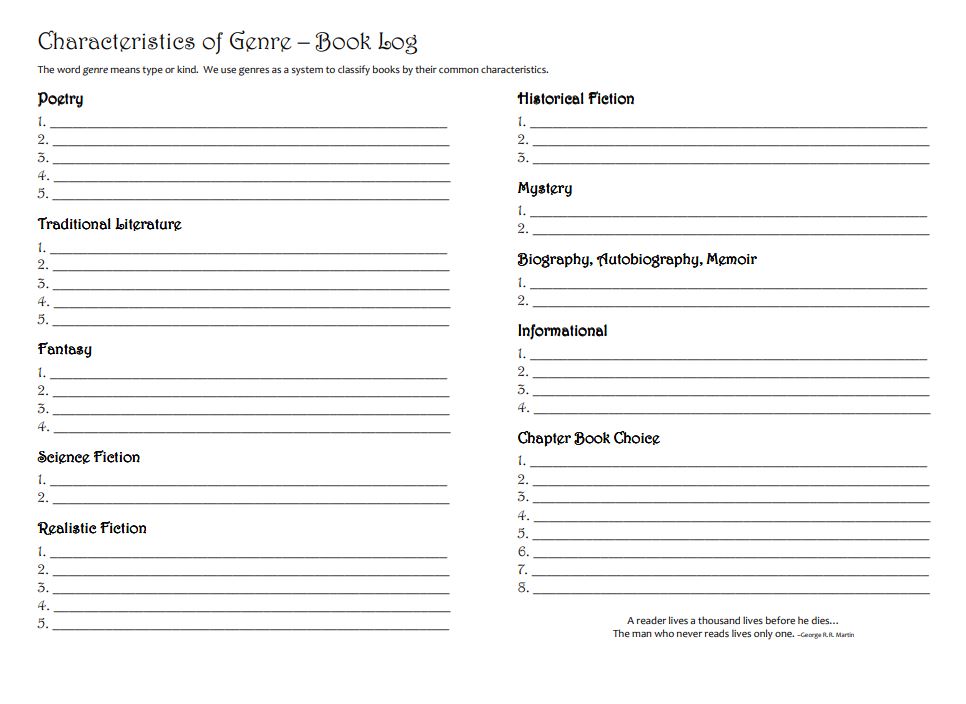What is the most important thing to teach kids? You cannot teach everything. At the risk of sounding like a broken record on this blog, I’m going to continue on my theme of instilling the love of reading in kids. Kids who read are life-long learners.
In my quest to open up new worlds for my kids and spur them on as book-lovers, I read The Book Whisper by Donalynn Miller.
Miller is, ironically, a public school teacher in Texas. But what we have in common is the desire to get kids reading as much as possible.
In her 90-minute class period, she spends the first 30 minutes allowing and encouraging her sixth-grade kids to read independently. She keeps stacks and stacks of books in her classroom to ensure that there will always be lots of interesting books in different genres readily available.
Other teachers have criticized her for allowing so much “fun” reading during classroom time, and they wonder how she can get all the mandatory content taught in only an hour. Her point is that when kids love reading—which is the most important thing—everything else will follow. She has experienced great success in getting kids to love books and, incidentally, test scores have improved significantly as well.
“My credibility with students and the reason they trust me when I recommend books to them stems from the fact that I read every day of my life and that I talk about reading constantly,” says Miller. “I am not mandating an activity for them that I do not engage in myself. I do not promote reading to my students because it is good for them or required for school success. I advocate reading because it is enjoyable and enriching.”
Miller notes that most adults read little or nothing. A 2007 AP poll in The Washington Post indicates that the average American adult read only four books in 2007. Of the adults who read, their average was seven books, but 25% of respondents did not read a book at all.
“We have created a culture of reading poverty,” states Miller.
After reading The Book Whisperer, I realized my expectations of how many books my kids should be reading are way too low. Miller expects her students to read at least forty chapter books during the school year. Books that are more than 350 pages count as two books. Her kids consistently meet and exceed her expectations.
The lowest amount of books any of Miller’s students has ever read is twenty-something books. Because this particular kid was somebody who never previously read any chapter books at all, the fact that he read more than 20 books in just nine months can rightly be called a huge win!
10 books or 20 books are not enough to instill a love of reading in students, according to Miller.
Since I think most parents, myself included, would be thrilled if their kid read 20 books just for “fun” during a school year, I was taken-aback by Miller’s assertion that 20 is not enough to for a child to truly love reading.
But when thinking about my own experiences in reading, and when I truly started to enjoy reading on my own, just for fun, I think Miller is right.
In my next blog post, I will talk about some changes I implemented in our own homeschool day, based on what I read in Miller’s book.
I had been particularly concerned about my nine-year-old daughter, Clara, who loves when I read books aloud to her but rarely reads on her own. Utilizing some strategies in The Book Whisperer, Clara has started reading exponentially more books. I no longer remind her to read, and she has even started taking books along with her in the car so she can keep reading. Amazing!
What I have learned after experimenting with some strategies in The Book Whisperer is that 40 books a year is completely doable, even for a child who does not currently enjoy reading.
For now, I will leave you with a resource I created to help us keep track of the books we are reading this next year. Like Miller, I’m going to start expecting my kids to read 40 books during the school year, and I want them to read different genres of books.
I will explain more on how to practically implement this in my next post…but for now, here is a log I created to help us keep track of our reading: Genre Book Log for Kids.

-Amy
Photo Credit: First image graphic design by Charity Klicka; Second image courtesy of Amy Koons.

